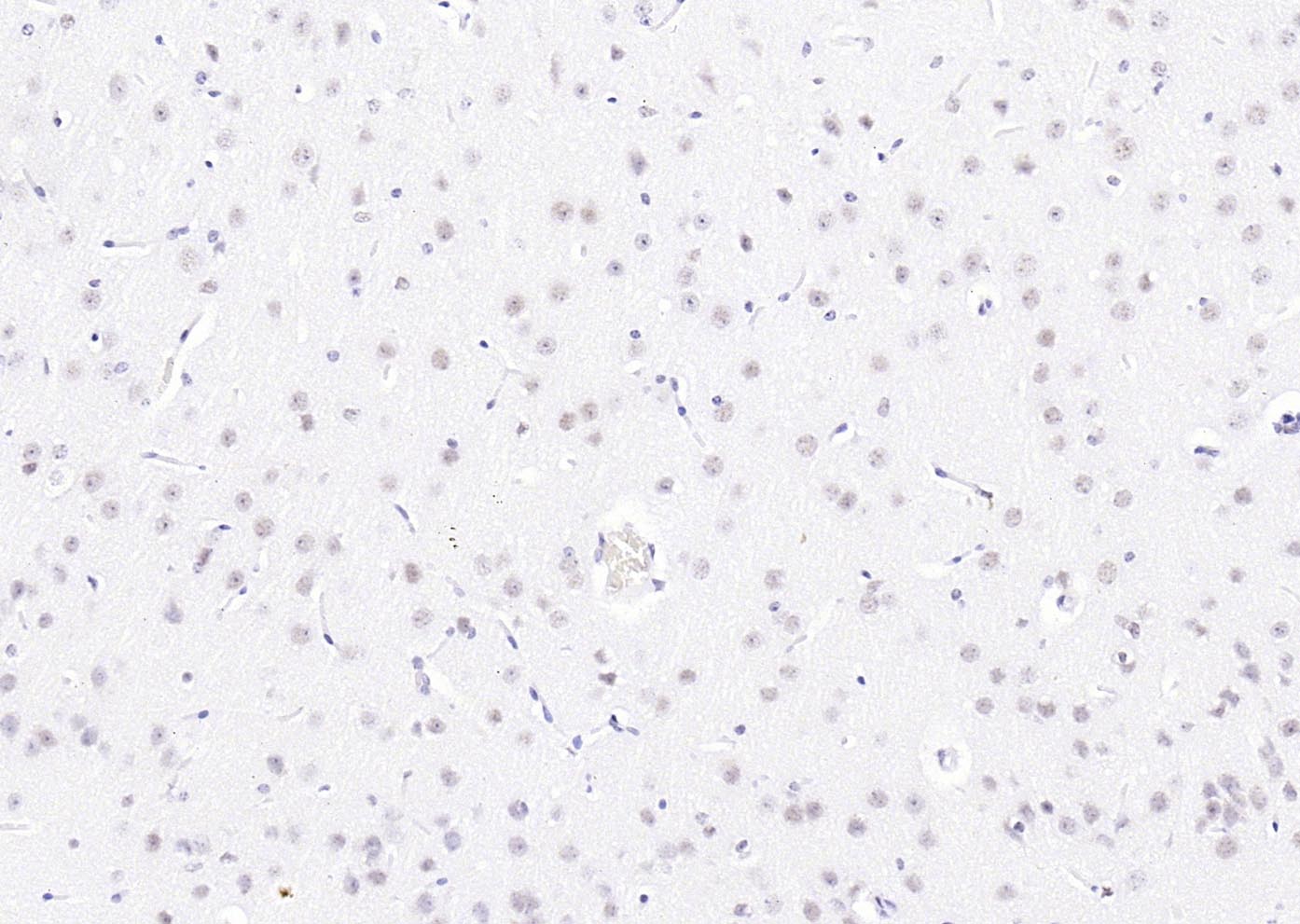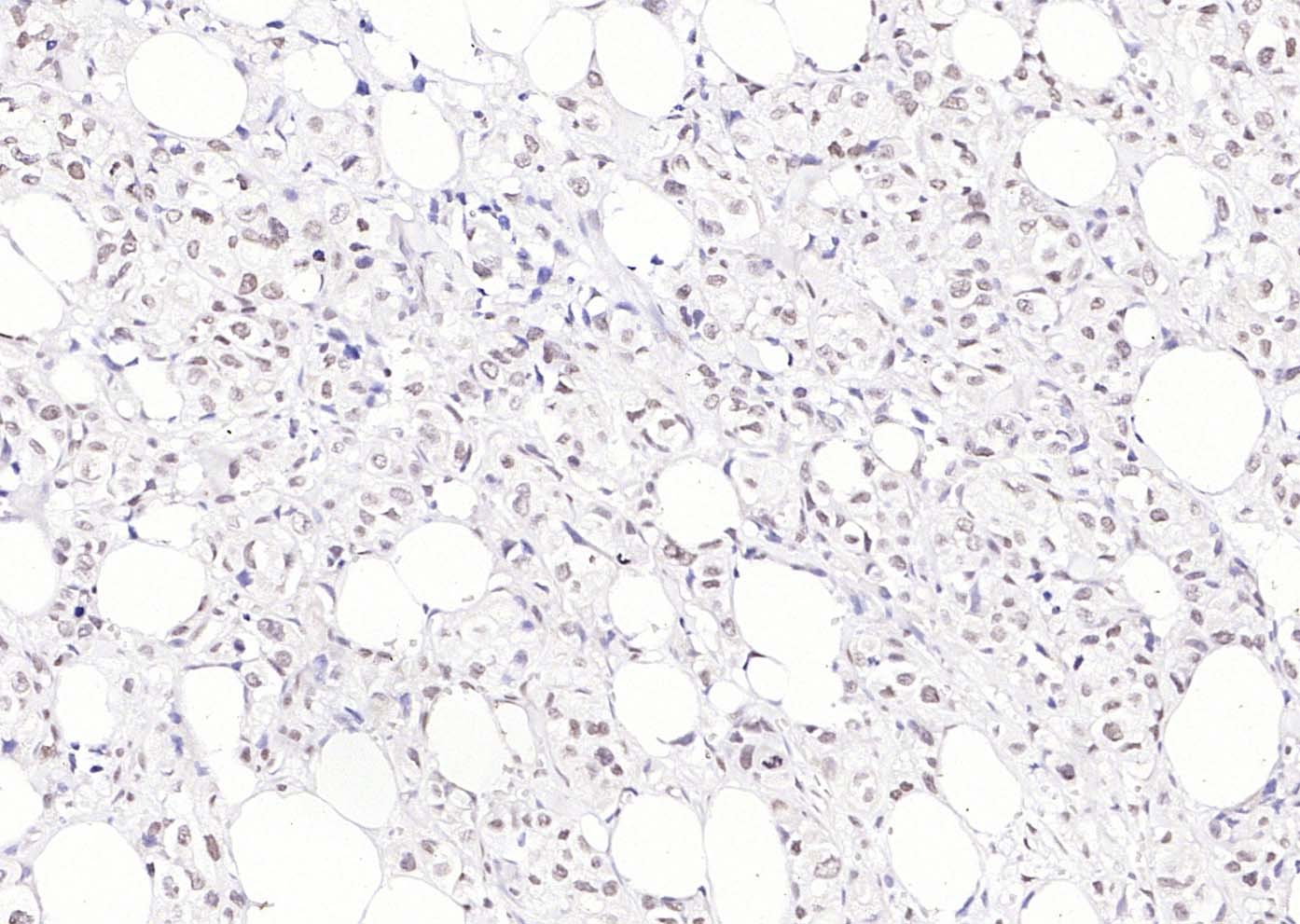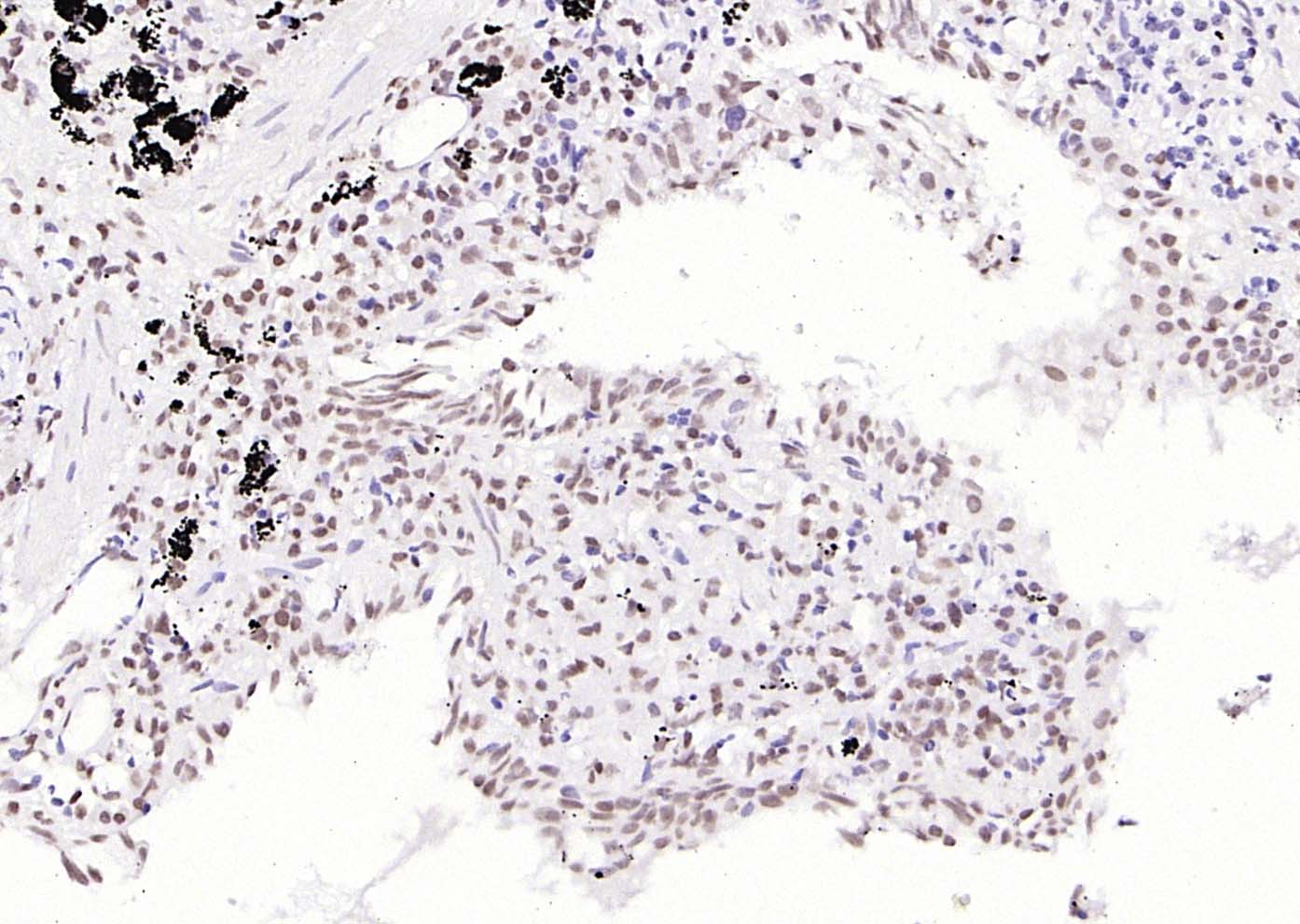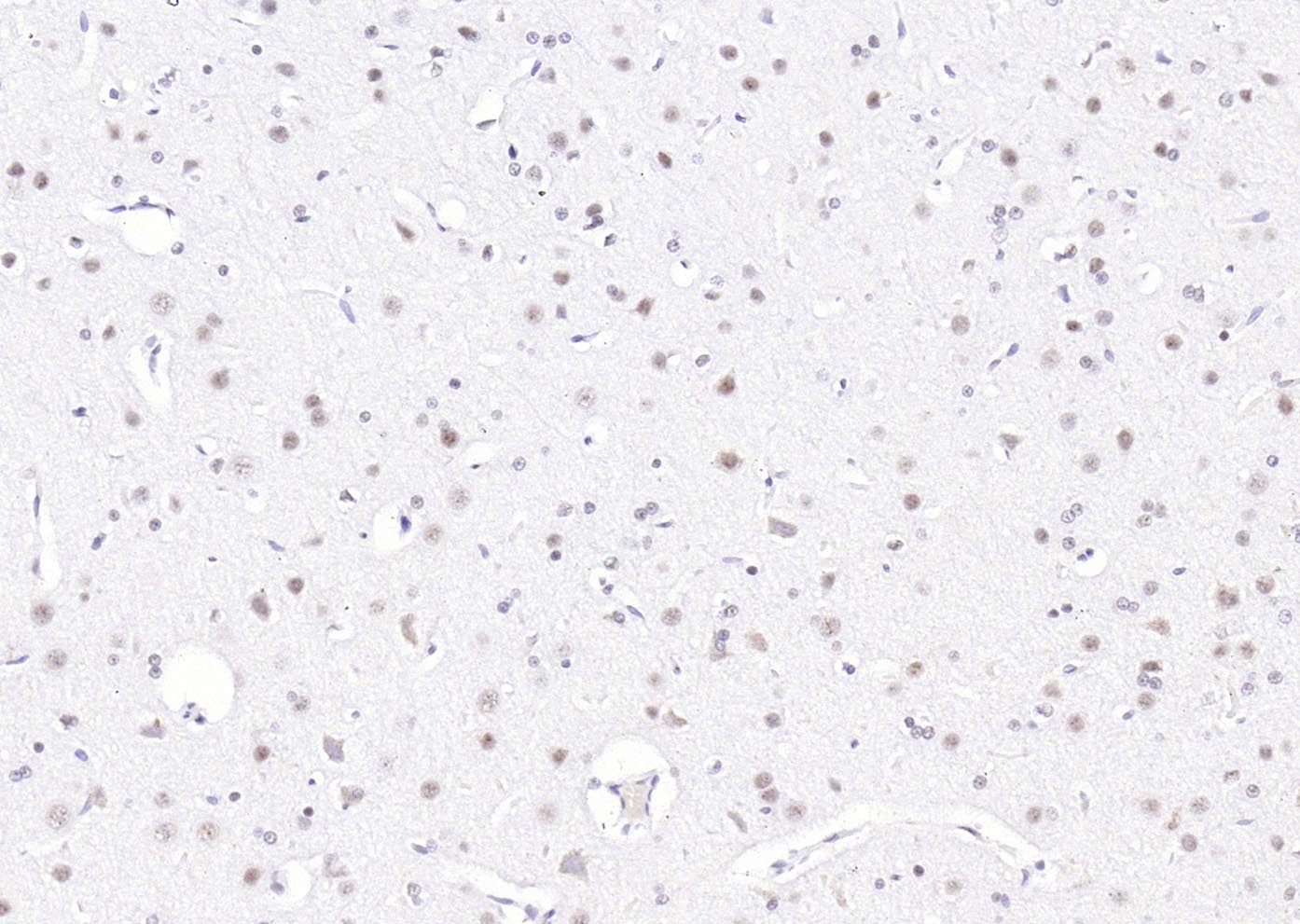
Rabbit Anti-Phospho-PIN1 (Ser16)antibody
DOD; NIMA interacting 1; Peptidyl prolyl cis trans isomerase NIMA interacting 1; Peptidyl prolyl cis/trans isomerase NIMA interacting; Pin 1; PPIase Pin1; Prolyl isomerase; Protein (peptidylprolyl cis/trans isomerase) NIMA interacting 1; Protein NIMA inte
View History [Clear]
Details
Product Name Phospho-PIN1(Ser16) Chinese Name 磷酸化肽基脯氨酞顺反异构酶Pinl抗体 Alias DOD; NIMA interacting 1; Peptidyl prolyl cis trans isomerase NIMA interacting 1; Peptidyl prolyl cis/trans isomerase NIMA interacting; Pin 1; PPIase Pin1; Prolyl isomerase; Protein (peptidylprolyl cis/trans isomerase) NIMA interacting 1; Protein NIMA interacting 1; Rotamase Pin1; UBL 5; UBL5; PIN1_HUMAN. Product Type Phosphorylated anti Research Area Tumour immunology Neurobiology Signal transduction Stem cells Apoptosis transcriptional regulatory factor Kinases and Phosphatases Immunogen Species Rabbit Clonality Polyclonal React Species (predicted: Human, Mouse, Rat, Dog, Pig, Cow, Horse, Sheep, ) Applications ELISA=1:5000-10000
not yet tested in other applications.
optimal dilutions/concentrations should be determined by the end user.Theoretical molecular weight 18kDa Cellular localization The nucleus cytoplasmic Form Liquid Concentration 1mg/ml immunogen KLH conjugated synthesised phosphopeptide derived from human Pin1 around the phosphorylation site of Ser16: RM(p-S)RS Lsotype IgG Purification affinity purified by Protein A Buffer Solution 0.01M TBS(pH7.4) with 1% BSA, 0.03% Proclin300 and 50% Glycerol. Storage Shipped at 4℃. Store at -20 °C for one year. Avoid repeated freeze/thaw cycles. Attention This product as supplied is intended for research use only, not for use in human, therapeutic or diagnostic applications. PubMed PubMed Product Detail Pin1 is a Peptidyl-prolyl isomerases (PPIase). Peptidyl-prolyl isomerases (PPIase) facilitate the cis-trans interconversion of the peptidyl-prolyl bond thereby affecting protein folding. Pin1 is a PPIase which specifically recognizes phosphorylated S/T-P bonds. Pin1 has been implicated in tau pathologies that underlie Alzheimer's Disease. Pin1 binds to tau phosphorylated specifically on the Thr231-Pro site and induces conformational changes in tau. Such conformational changes can directly restore the ability of phosphorylated Tau to bind microtubules and promote microtubule assembly and/or facilitate tau dephosphorylation. Pin1 expression inversely correlates with the predicted neuronal vulnerability in normally aged brain and also with actual neurofibrillary degeneration in AD brain. Pin1 could be pivotal for maintainance of normal neuronal function and preventing age-dependent neurodegeneration.
Function:
Essential PPIase that regulates mitosis presumably by interacting with NIMA and attenuating its mitosis-promoting activity. Displays a preference for an acidic residue N-terminal to the isomerized proline bond. Catalyzes pSer/Thr-Pro cis/trans isomerizations. Down-regulates kinase activity of BTK. Can transactivate multiple oncogenes and induce centrosome amplification, chromosome instability and cell transformation. Required for the efficient dephosphorylation and recycling of RAF1 after mitogen activation.
Subunit:
Interacts with STIL (By similarity). Interacts with KIF20B. Interacts with NEK6. Interacts (via WW domain) with PRKX. Interacts with BTK. Interacts (via PpiC domain) with DAPK1. Interacts with the phosphorylated form of RAF1.
Subcellular Location:
Nucleus. Nucleus speckle. Cytoplasm.
Tissue Specificity:
The phosphorylated form at Ser-71 is expressed in normal breast tissue cells but not in breast cancer cells.
Post-translational modifications:
Phosphorylated upon DNA damage, probably by ATM or ATR. Phosphorylation at Ser-71 by DAPK1 results in inhibition of its catalytic activity, nuclear localization, and its ability to induce centrosome amplification, chromosome instability and cell transformation.
Similarity:
Contains 1 PpiC domain.
SWISS:
Q13526
Gene ID:
5300
Database links:Entrez Gene: 5300 Human
Entrez Gene: 23988 Mouse
Omim: 601052 Human
SwissProt: Q13526 Human
SwissProt: Q9QUR7 Mouse
Unigene: 465849 Human
Unigene: 7906 Mouse
Unigene: 6291 Rat
肽基脯氨酞顺反异构酶Pinl,是调节细胞有丝分裂相关蛋白酶,对细胞周期运行起着非常重要的调控作用。近年来研究表明,肽基脯氨酞顺反异构酶Pinl在多种Tumour中过表达,是多个致癌信号通路的关键效应分子,可加强和催化多种致癌信号,使其无限放大,最终引起细胞转化和增殖失控。因次,肽基脯氨酞顺反异构酶Pinl越来越引起人们关注,被称为Tumour发生发展的催化分子。近来该蛋白用于老年痴呆研究的也日渐增多。Product Picture
References (0)
No References
Bought notes(bought amounts latest0)
No one bought this product
User Comment(Total0User Comment Num)
- No comment






 +86 571 56623320
+86 571 56623320
 +86 18668110335
+86 18668110335

